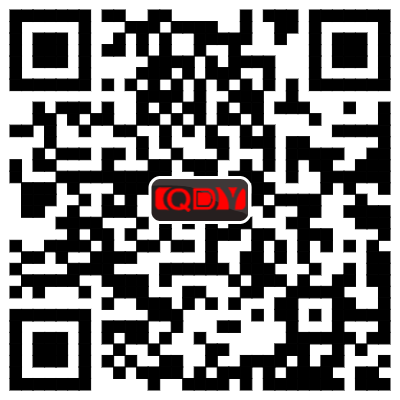Measuring Method of Compressor Bearing Clearance
1. False shaft method
① The diameter of the false shaft is within 0.05mm from the actual working journal of the bearing, and the verticality error between the center line of the false shaft and the working horizontal plane is within 0.02mm.
② Assemble the bearing on the false shaft, tighten the center plane bolts, and use a 0.02mm feeler gauge to check that there is no gap on the center plane.
③ Set up a micrometer and lift the radial bearing up and down along the vertical direction during operation. The micrometer reading is assumed to be S (mm). Considering the tilting effect of the tile, the actual bearing clearance is C (mm), then for the five-tile structure: C=0.894S
In addition, the difference between the false shaft and the actual journal must be taken into account.
2. Lifting tile method
The calculation method and measurement method of the clearance measured by the lifting tile method are the same as those of the false shaft method, but the rotor should be lifted out and supported on the bracket to lift the bearing.
3. Lead wire method

① The diameter of the lead wire used should be 30%~50% larger than the measured clearance.
② Check the center plane of the bearing shell and the center plane of the bearing seat with a 0.02mm feeler gauge. The center plane should have no gap and no gap.
③ Measure the lead wire thickness S in the middle of the two upper bearing blocks, then the actual bearing clearance C is: C=1.1S
4. Measurement of the bearing back fit
The bearing back fit is commonly known as "bearing back tightening force" during on-site construction.
1. Lead wire pressing method Place lead wires with a diameter of 0.10~0.20mm on the back of the bearing shell and the center plane of the bearing seat respectively for measurement. The difference in thickness after the two lead wires are pressed is the clearance or interference of the bearing back fit.
2. Direct measurement method Measure the outer diameter of the bearing shell and the inner diameter of the bearing seat. The difference between the two diameters is the interference or clearance of the bearing back.

